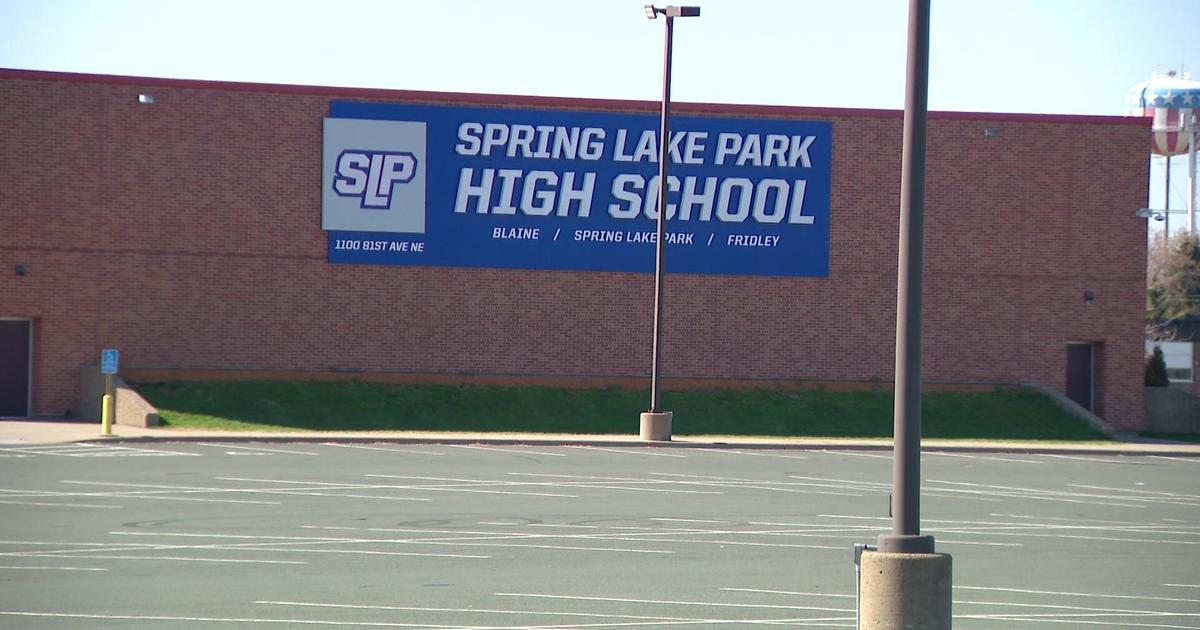Cousins Take Opposite Sides On Red River Diversion Plan
MOORHEAD, Minn. (AP) — An open house on Thursday meant to discuss environmental impacts of a revised Red River diversion channel around the flood-prone Fargo-Moorhead area may have been the last chance for opponents to publicly air their grievances.
In one case it put cousins on opposite sides.
The project has been on hold since last September when a federal judge halted construction because the Fargo-Moorhead Diversion Authority did not receive a permit from the Minnesota Department of Natural Resources. But DNR officials have given favorable reviews to a so-called Plan B option.
The DNR last month released a supplemental environmental impact statement on the new plan and scheduled the meeting Thursday to let people visit with engineers and other officials and then take the microphone for three minutes.
Leroy Richard, the first speaker, said public officials have not put faces to the names of upstream residents whose land would hold excess water in times of serious flooding, even though the new plan takes 8,000 acres out of the staging area.
"We need to talk about people's lives if we're going to disrupt. You're basically kicking them off their land," said Richard, who lives southwest of Fargo. "A lot of these people don't even want to talk about it. They just hope it goes away. They think it's a bad dream."
Richard's cousin, Mark Vanyo, of Moorhead, came to the front of the room later to express his support for the $2.2 billion project, which he said has the least potential impacts on Red River Valley residents. He had a home that was bought out and demolished because it was on the flood plain.
"I've lived this for 10 years so I kind of know what it's about. And I say go forward," Vanyo said.
Few people addressed specifics of the DNR report. Tom Landwehr, the DNR commissioner, said he expected more opinions about the overall project than the environmental review.
"My experience in these things is people don't typically understand what we're really looking for," Landwehr said in an interview. "And that's fine. We try to tell people what's going to be most helpful, but people want to tell us what they want to tell us."
The DNR rejected the original plan primarily because of the amount of land taken out of the flood plain, the balance of impacts and benefits, and insufficient plans to reduce the project's harmful effects.
Landwehr has said the new plan addresses several potential impacts that were not covered in the original design, but told the crowd of about 100 people that the environmental impact statement is separate from permit approval.
"If you're buying a house, you ask an engineer to go look at the house, tell you what's wrong with it, and you get an appraisal on the house that tells you what it's worth," Landwehr said. "It doesn't tell you whether or not to buy the house. It just gives you that information so you can make a more informed decision."
(© Copyright 2018 The Associated Press. All Rights Reserved. This material may not be published, broadcast, rewritten or redistributed.)



